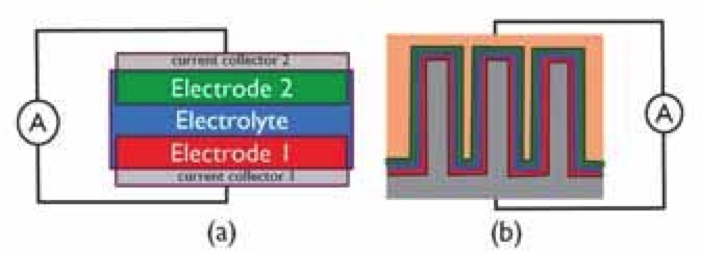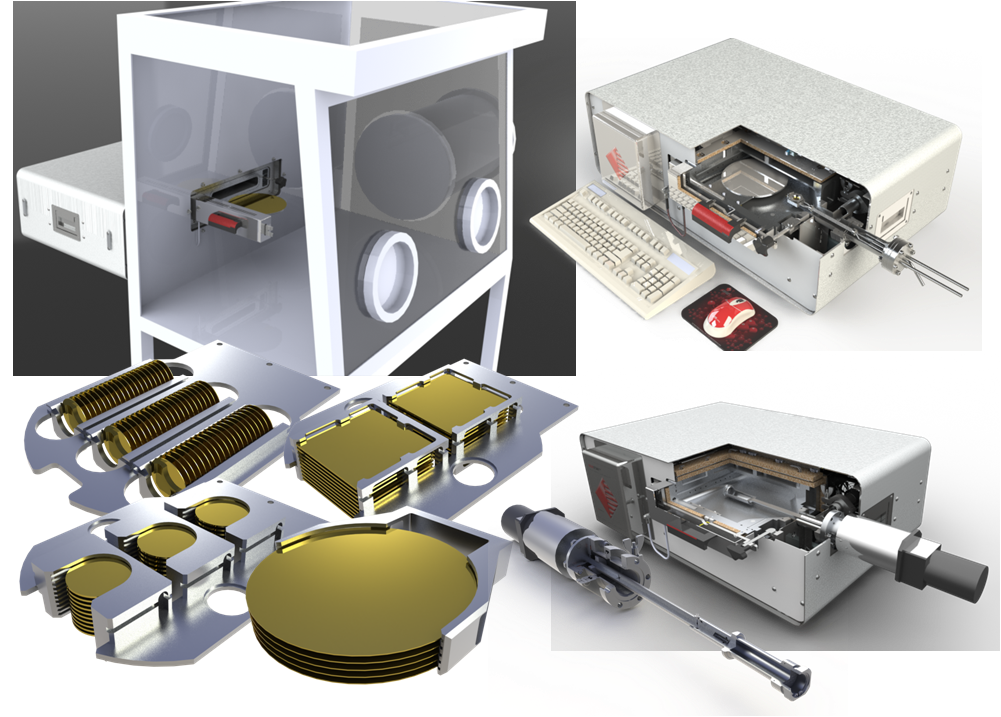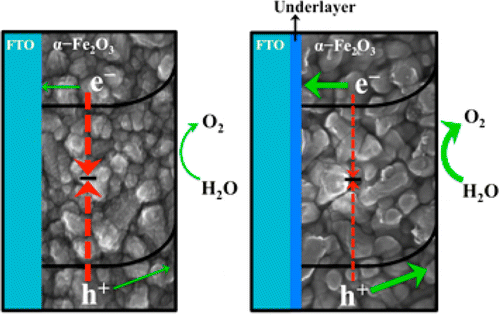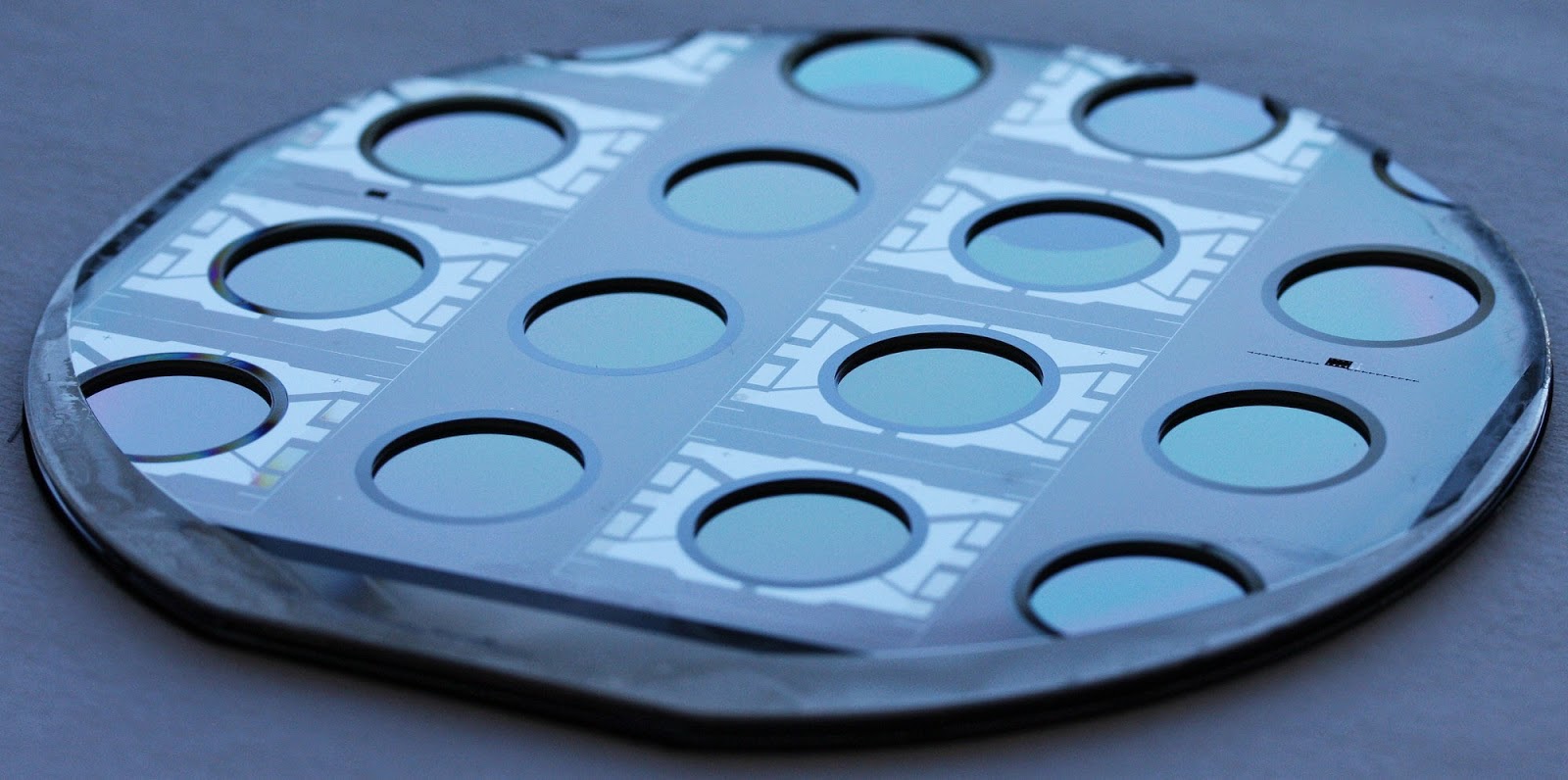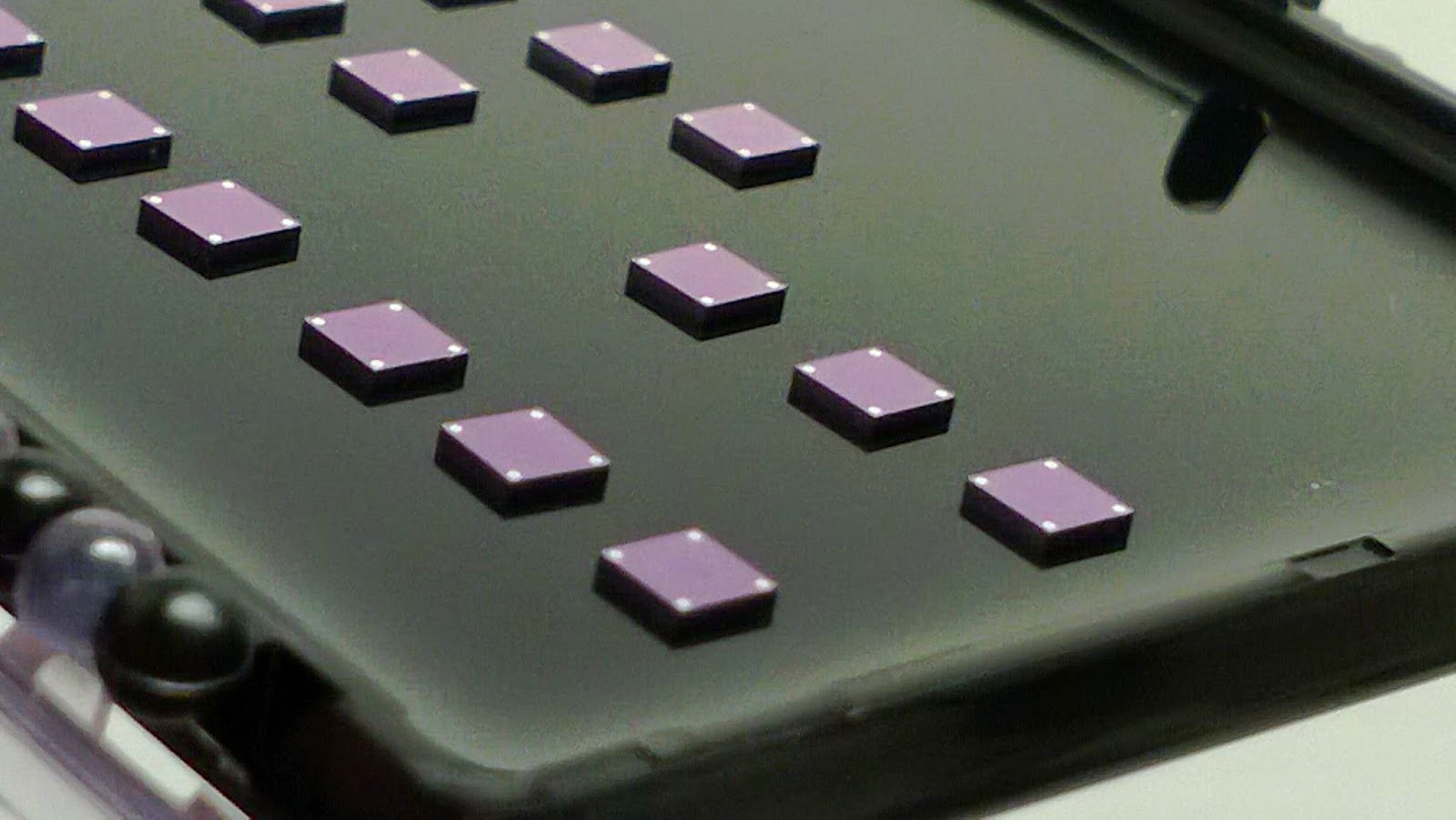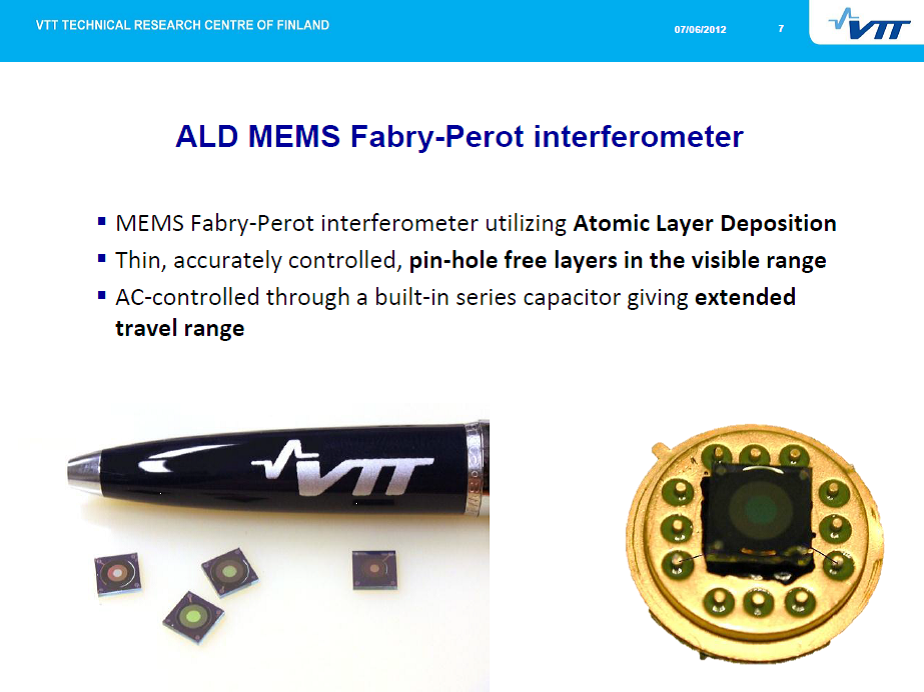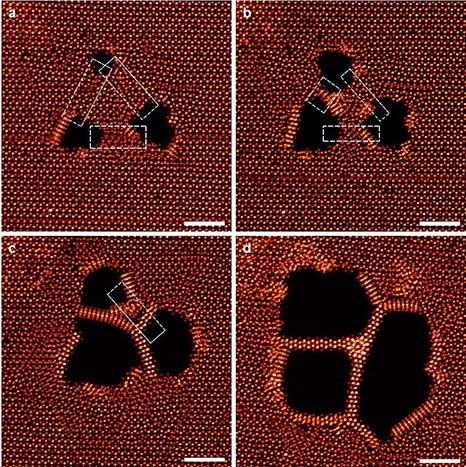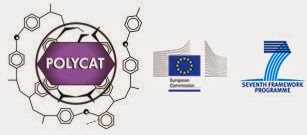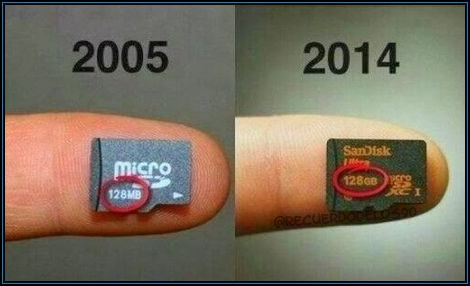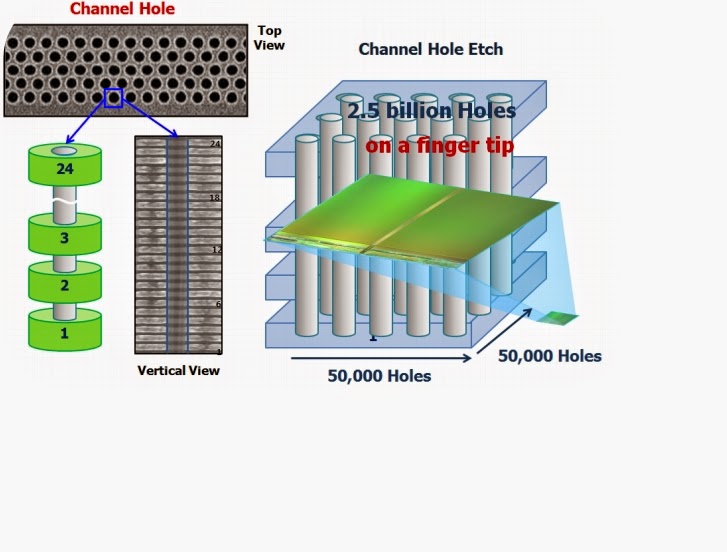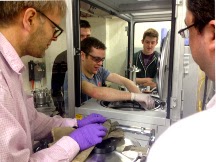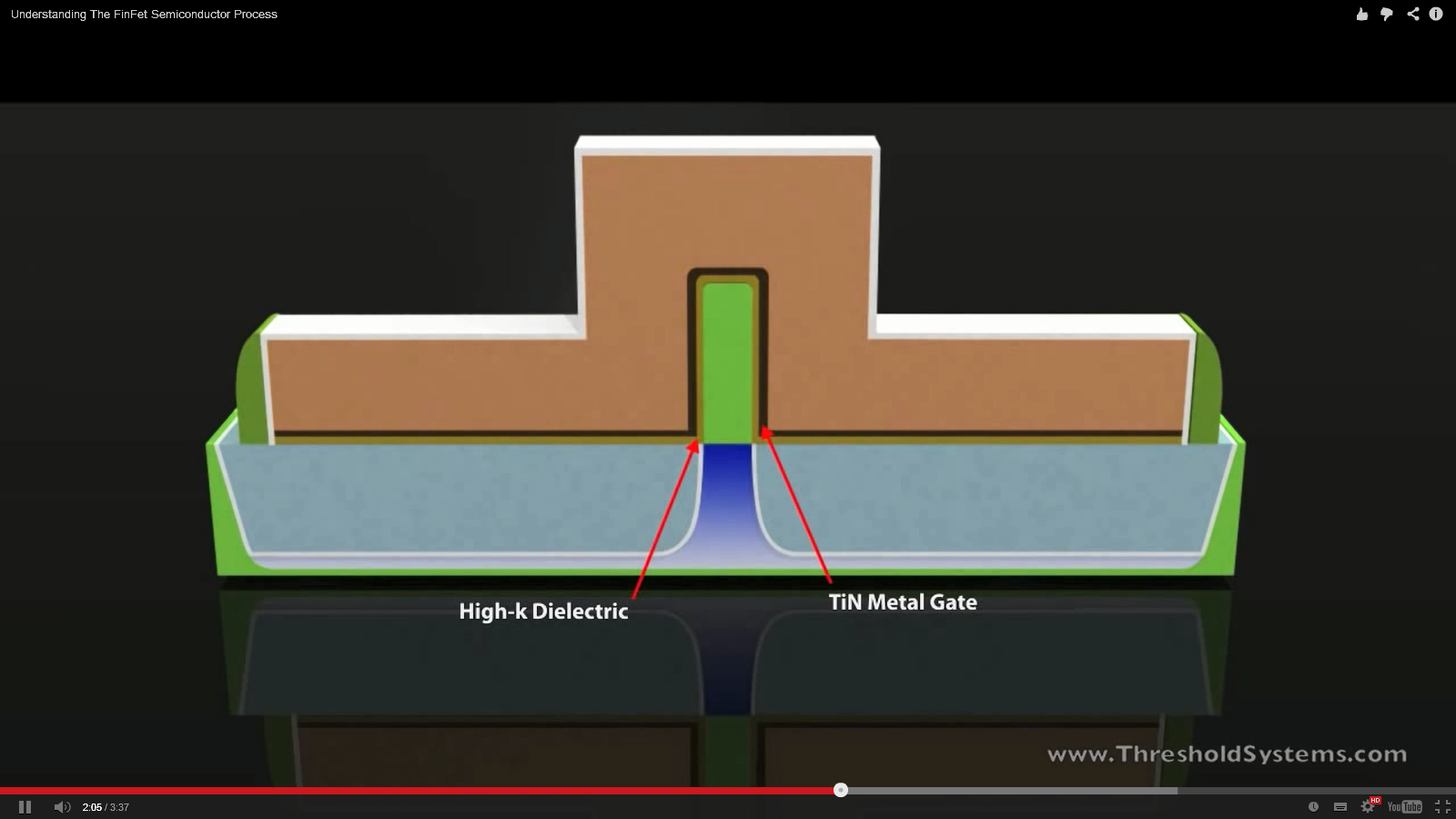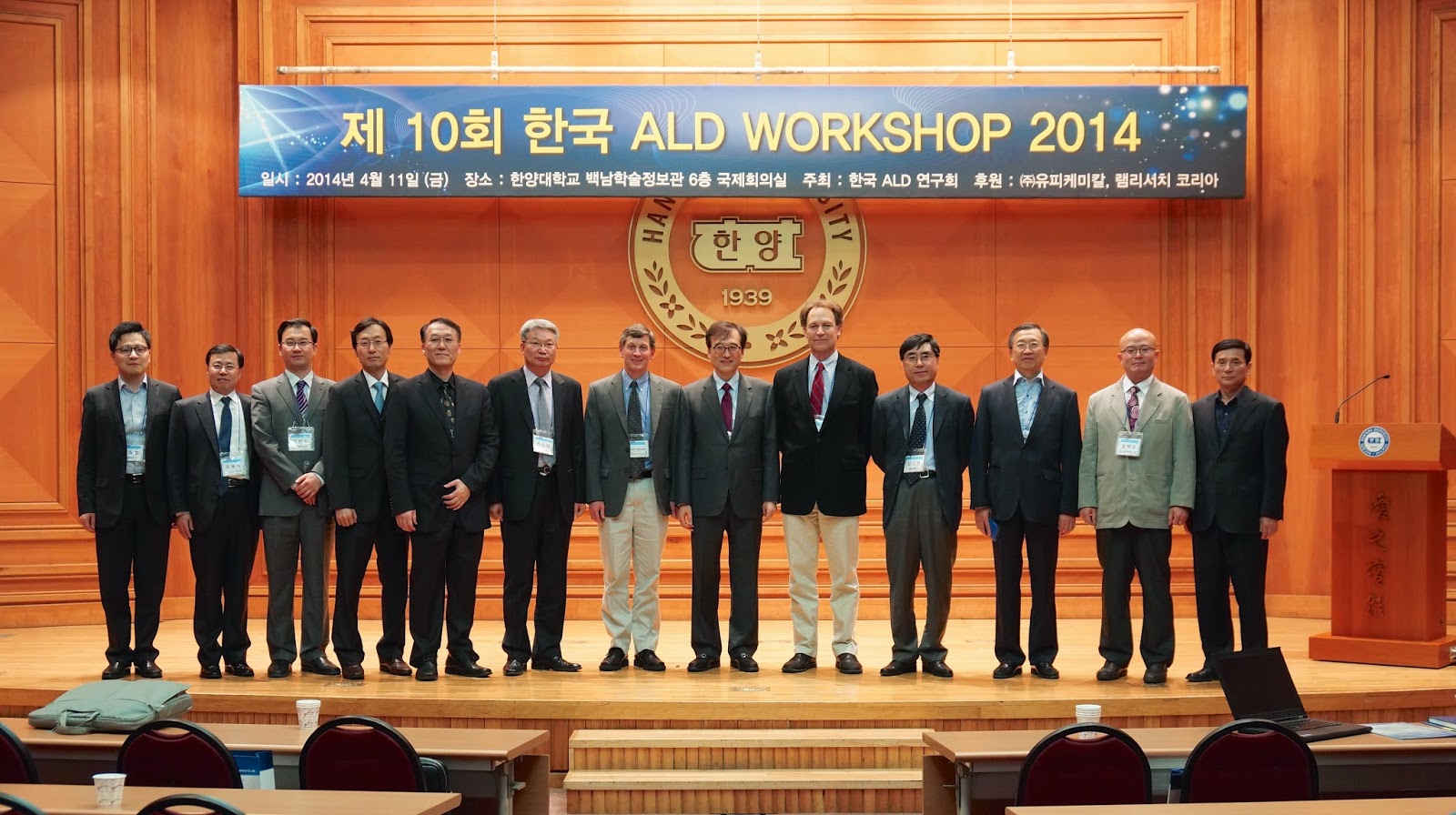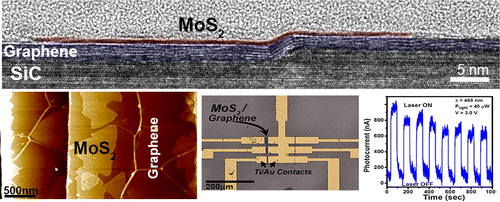The new 2013 edition is now released since about a month Follow this link to the Summary Files. However, not all areas/Chapters has been updated. As an example, for Front End Process (FEP) Chapter the status is as follows:
Updated FEP Roadmap tables are: High Performance Devices, Low Standby Power Devices, FeRAM, Thermal, Thin Film, Doping Process Technology, Starting Materials, and Surface Preparation.
"Likely to be updated" in 2014: Updates to DRAM, Floating Gate Flash Non-Volatile memory (NVM), Charge Trap Flash NVM, Phase Change Memory, Etch and CMP.
We can assume that Samsung, Hynix, Micron, Toshiba and the guys will have some interesting meetings ahead to conclude what to put in those tables :-)
What is The International Technology Roadmap for Semiconductors - ITRS?
"The International Technology Roadmap for Semiconductors is sponsored by the five leading chip manufacturing regions in the world: Europe, Japan, Korea, Taiwan, and the United States. The sponsoring organizations are the European Semiconductor Industry Association (ESIA), the Japan Electronics and Information Technology Industries Association (JEITA), the Korean Semiconductor Industry Association (KSIA), the Taiwan Semiconductor Industry Association (TSIA), and the United States Semiconductor Industry Association (SIA)."
"The objective of the ITRS is to ensure cost-effective advancements in the performance of the integrated circuit and the advanced products and applications that employ such devices, thereby continuing the health and success of this industry."
The International Technology Roadmap for Semiconductors is sponsored by the five leading chip manufacturing regions in the world: Europe, Japan, Korea, Taiwan, and the United States. (source : http://www.itrs.net/about.html)
Comments on Twitter:
2013 ITRS executive summary, in the autumn of Moore's Law.
The non-planar future: They 2013 International Technology Roadmap for Semiconductors (ITRS)
ITRS 2013- "The new era of scaling is 3D Power Scaling"
Scouting report for materials at end of the road: 2013 ITRS
Comments on Twitter:
2013 ITRS executive summary, in the autumn of Moore's Law.
The non-planar future: They 2013 International Technology Roadmap for Semiconductors (ITRS)
ITRS 2013- "The new era of scaling is 3D Power Scaling"
Scouting report for materials at end of the road: 2013 ITRS



%20(1).png)



